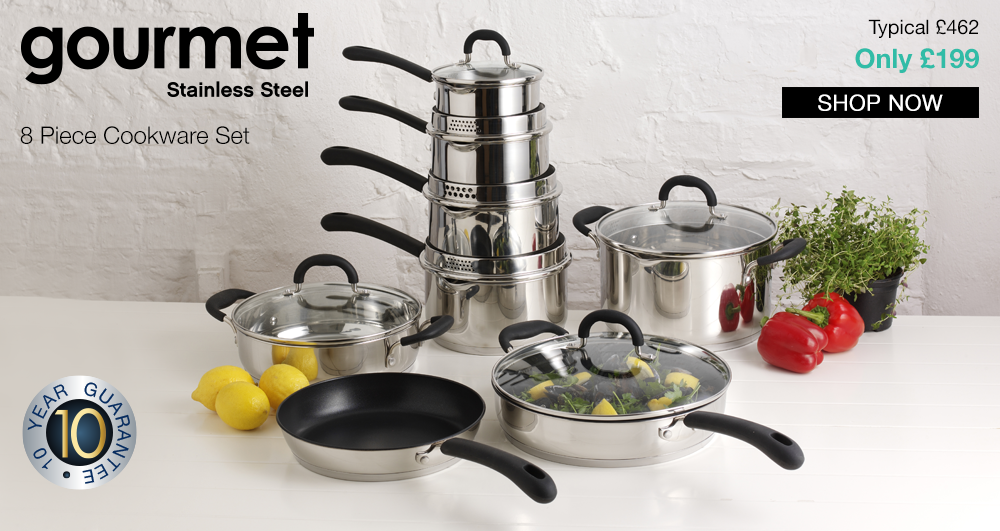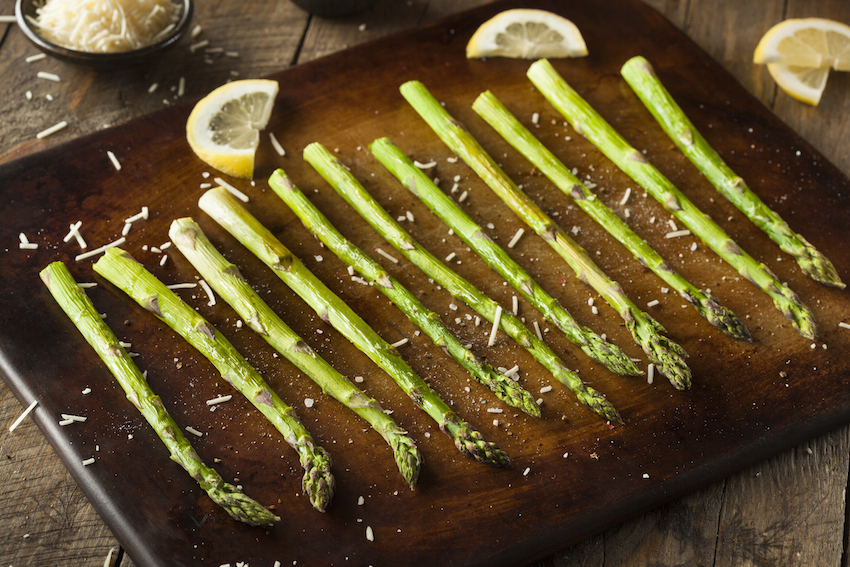Whether you’re a student, a first time
buyer or you’ve just moved into new rented accommodation, kitting out your
kitchen is probably one of the most essential jobs on your to do list.
However, as moving house can be expensive, many people have limited cash when it comes to cooking accessories, leaving room for only the most essential kitchen pans in the budget.
Luckily, when it comes to cooking pans, less is more and investing in just a few good quality kitchen pans will see you whipping up tasty treats before you know it.
1. The 12-inch skillet with lid
These large frying pans are incredibly handy in the kitchen and can be used for everything from pan roasting a chicken breast to whipping up a pasta sauce.
If your skillet is stainless steel, make sure that you season it properly to ensure the non-stick surface stays in great condition.
2. The 10-inch non-stick skillet
The non-stick surface on this frying pan makes it perfect for omelettes, bacon, sausages and a whole host of other delicious treats.
As it requires little washing up and is easy to use, you’ll probably find that you turn to this pan for almost every occasion.
3. The wok
Though a wok may seem like an extravagance, it gives you the chance to cook delicious, healthy and cheap Asian dishes like stir fry, pad Thai and even stews.
You can also use a wok to deep fry your food, adding another tool to your kitchen’s arsenal.
4. The griddle pan
Perfect for steaks, chicken and veg, griddle pans are a healthy and delicious way to cook a range of produce.
The ridges on a griddle pan help any fat in your food to drain away, resulting in tasty and healthy dishes.
The attractive chargrilled lines that result from using a griddle pan also help to make your food look more appetising.
5. The egg pan
This tiny frying pan is ideal for those who like a fried egg or two on their toast in the morning.
The perfect size for just one egg, this little pan requires very little washing up and won’t clutter your kitchen.
By investing in these five pans, you can kit out your kitchen with everything that you need for fantastic food. Helping you to eat well, impress your friends and family and make your new house feel like a home.
However, as moving house can be expensive, many people have limited cash when it comes to cooking accessories, leaving room for only the most essential kitchen pans in the budget.
Luckily, when it comes to cooking pans, less is more and investing in just a few good quality kitchen pans will see you whipping up tasty treats before you know it.
1. The 12-inch skillet with lid
These large frying pans are incredibly handy in the kitchen and can be used for everything from pan roasting a chicken breast to whipping up a pasta sauce.
If your skillet is stainless steel, make sure that you season it properly to ensure the non-stick surface stays in great condition.
2. The 10-inch non-stick skillet
The non-stick surface on this frying pan makes it perfect for omelettes, bacon, sausages and a whole host of other delicious treats.
As it requires little washing up and is easy to use, you’ll probably find that you turn to this pan for almost every occasion.
3. The wok
Though a wok may seem like an extravagance, it gives you the chance to cook delicious, healthy and cheap Asian dishes like stir fry, pad Thai and even stews.
You can also use a wok to deep fry your food, adding another tool to your kitchen’s arsenal.
4. The griddle pan
Perfect for steaks, chicken and veg, griddle pans are a healthy and delicious way to cook a range of produce.
The ridges on a griddle pan help any fat in your food to drain away, resulting in tasty and healthy dishes.
The attractive chargrilled lines that result from using a griddle pan also help to make your food look more appetising.
5. The egg pan
This tiny frying pan is ideal for those who like a fried egg or two on their toast in the morning.
The perfect size for just one egg, this little pan requires very little washing up and won’t clutter your kitchen.
By investing in these five pans, you can kit out your kitchen with everything that you need for fantastic food. Helping you to eat well, impress your friends and family and make your new house feel like a home.










